From 'green rice, green market'
“I came to circular agriculture very naturally, like a child growing up with innocent questions when observing nature. Gradually, I understood that I was on the right track, towards a low-emission agriculture, adapting to climate change and moving towards Net Zero” , Mr. Ho Quang Cua - the “father” of the famous rice variety ST25 emphasized when recalling his journey of more than 40 years of attachment to the fields, starting from the early days of surveying the impact of agricultural chemicals on the environment.
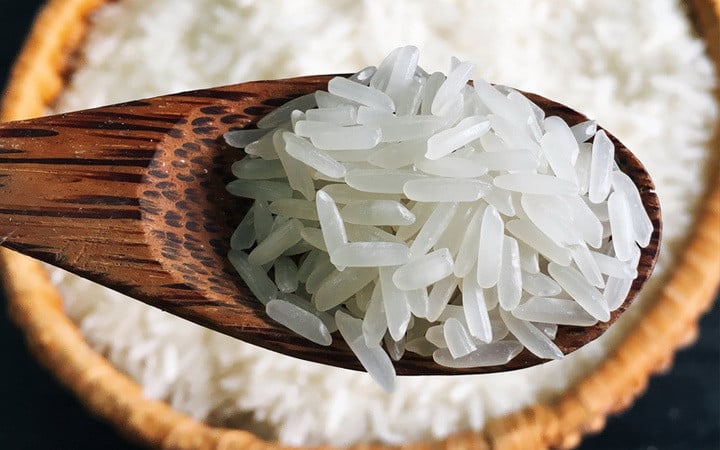
In 1987, when he and Professor Nguyen Thi Thu Cuc surveyed the recovery of natural enemies after a spraying of pesticides to control planthoppers, Mr. Cua noticed an important thing: "The environment is still good, the natural enemies recover quickly."
In 1991, when faced with a severe brown planthopper outbreak on more than 13,500 hectares of IR42 rice in My Xuyen ( Soc Trang ), he witnessed a miracle: After only 10 days, all the brown planthoppers were destroyed by parasitic green fungus, a "savior" from nature. This event reinforced his belief in the power of sustainable agricultural ecosystems.
In 1993, he began researching IPSM – Integrated Soil Management, a development of IPM (Integrated Pest Management). While IPM focuses on pest control, IPSM is broader – combining seeds, soil, water, fertilizers, beneficial organisms and ecological measures to build a balanced field ecosystem.
After 30 years of practicing IPM, he commented: “Natural enemies are declining, land is degrading. But IPSM is different, this is a solid scientific foundation for circular agriculture, a practical path to bring Vietnamese agriculture towards Net Zero” .
In the late 1990s, the success of black tiger shrimp seed production and the high economic efficiency of shrimp farming in the Ca Mau peninsula made the desire to bring saltwater into rice fields increasingly widespread. In November 2001, the landmark decision of the late Prime Minister Phan Van Khai, allowing the conversion of inefficient rice land, paved the way for the formation of a large rice-shrimp rotation area. After only 5 years, over 400,000 hectares of rice land in the Ca Mau peninsula were converted to shrimp farming, generating billions of USD in foreign currency revenue.
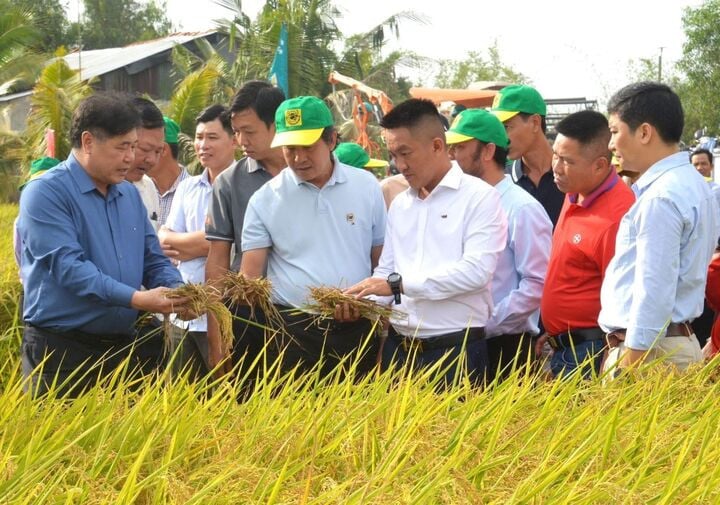
However, after the conversion, rice in the rotation area gradually lost its role due to many unfavorable factors: lack of fresh water, long-term varieties, low productivity, costly manual harvesting, and low selling prices. Fragmented and unconnected production further increased risks.
The situation only changed in 2020, when ST25 – the world’s best rice in 2019 was recognized. Thanks to its short cycle, easy cultivation, and high selling price, ST25 quickly became a strategic “tool” to restore the position of rice.
From 2021-2024, the model will be completed with a combined harvester harvesting solution combined with mid-season and late-season drying. Result: harvesting costs reduced by 75% (only 3 million VND/ha), reducing lodging and losses. This is also a factor that helps the model fit into the Project for sustainable development of 1 million hectares of high-quality and low-emission rice cultivation associated with green growth in the Mekong Delta by 2030 (1 million ha Project)
Currently, ST24 and ST25 varieties are being cultivated in Ca Mau peninsula with a yield of 6 tons/ha, selling price of 9,200 VND/kg (3,000 VND/kg higher than normal rice). Profits are doubled, while production costs are optimized thanks to a 30% reduction in chemical fertilizers and 75% reduction in pesticides. In addition, a stable rice crop helps ensure a safe shrimp crop, increasing income and protecting the environment.
Every December, traders from all over flock to buy ST25 rice – Shrimp Rice at prices sometimes reaching up to 13,000 VND/kg. More than 2,000 hectares have been contracted, applying the IPSM process and using organic and microbiological fertilizers, creating a foundation to build the “Mr. Crab Rice” brand to reach the international market.
Vietnam is asserting its role on the world green rice map.
In early June 2025, the brand "Low-emission Vietnamese Green Rice" from Project of 1 million hectares of specialized cultivation High quality rice has been exported to the Japanese market and is preparing to be exported to the Australian market.
An important milestone in the first half of the year was the implementation of the Project on sustainable development of one million hectares of high-quality, low-emission rice in the Mekong Delta. In 2025 alone, the area registered to implement the project exceeded 312,000 hectares.
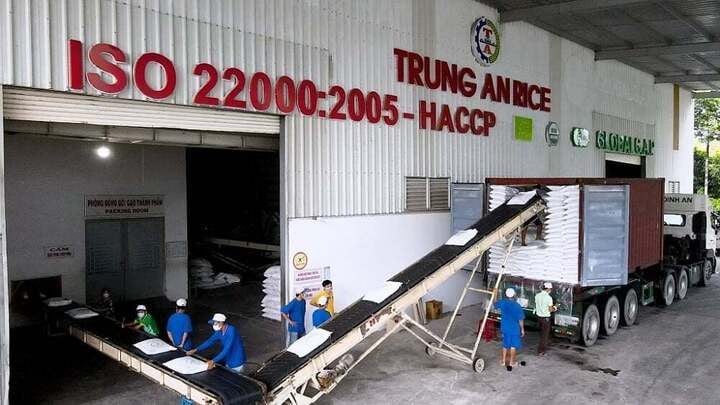
According to Dr. Tran Minh Hai, Vice Principal of the School of Public Policy and Rural Development, the 1 million hectare high-quality rice project, which reduces emissions, is a big step forward, not only in terms of technology but also in Vietnam's way of declaring to the world that we are ready to enter the green development playground. Rice grains are now not only the crystallization of diligence, but also a symbol of intelligence and sustainable transformation.
Regarding the Project of 1 million hectares of high-quality rice cultivation, at a recent working session in Can Tho, Prime Minister Pham Minh Chinh requested to complete related planning in the third quarter of 2025; build a Vietnamese rice brand, develop new brands, along with famous existing brands such as ST25. The State Bank implements preferential credit policies, the Ministry of Finance resolves issues related to capital sources of international organizations; the Ministry of Industry and Trade negotiates, signs, and immediately implements agreements on rice; enterprises supply input materials for production, ensuring output;...
Environmental issues and climate change are something that everyone is concerned about and wants to work together to solve. Therefore, a product that is both clean and green will catch the market trend. Low-emission rice is a new consumption trend and the market is expanding, especially in high-end markets. This product is currently only available in Vietnam, making a big difference to create a brand for Vietnamese rice.
“Vietnam has the potential to lead the green transformation of the global rice industry. The 1 million hectare high-quality rice monoculture project is one of the major, typical initiatives in the rice industry of Vietnam and the region,” Dr. Jongsoo Shin - Asia Regional Director of the International Rice Research Institute (IRRI) assessed.
The direction for Vietnam's rice industry is gradually taking shape, Mr. Do Ha Nam, Chairman of the Vietnam Food Association (VFA), recommended, with For low-emission green Vietnamese rice, the choice of rice variety and where to export it is very important and must be carefully calculated. For example, the Japanese, EU, US, Korean, Australian, and Chinese markets are high-end markets, and in these markets, suitable rice varieties such as Japonica and ST25 must be selected. If we choose normal rice varieties, the product, even though "green", will not suit the taste of consumers, and on the contrary, the mass market may not be ready.
Source: https://baoquangninh.vn/gao-phat-thai-thap-tam-ho-chieu-xanh-cua-nong-nghiep-viet-nam-ra-the-gioi-3367645.html


![[Photo] Draft documents of the 14th Party Congress reach people at the Commune Cultural Post Offices](https://vphoto.vietnam.vn/thumb/1200x675/vietnam/resource/IMAGE/2025/10/28/1761642182616_du-thao-tai-tinh-hung-yen-4070-5235-jpg.webp)
![[Photo] Flooding on the right side of the gate, entrance to Hue Citadel](https://vphoto.vietnam.vn/thumb/1200x675/vietnam/resource/IMAGE/2025/10/28/1761660788143_ndo_br_gen-h-z7165069467254-74c71c36d0cb396744b678cec80552f0-2-jpg.webp)
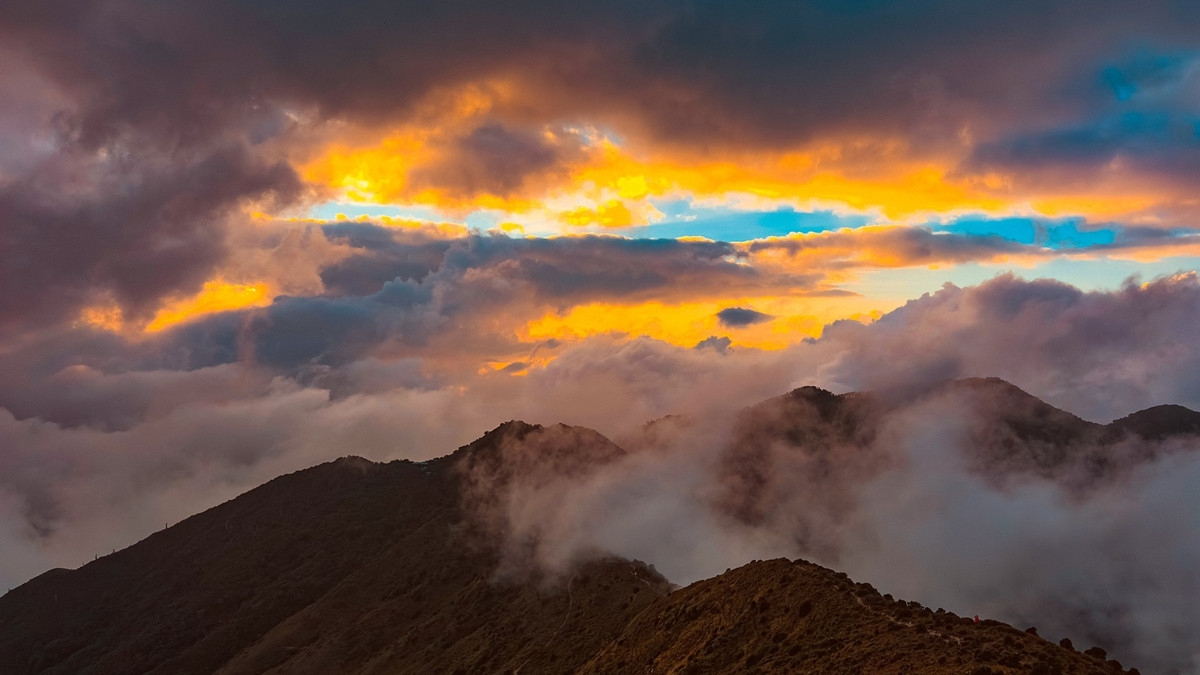
![[Photo] National Assembly Chairman Tran Thanh Man received a delegation of the Social Democratic Party of Germany](https://vphoto.vietnam.vn/thumb/1200x675/vietnam/resource/IMAGE/2025/10/28/1761652150406_ndo_br_cover-3345-jpg.webp)


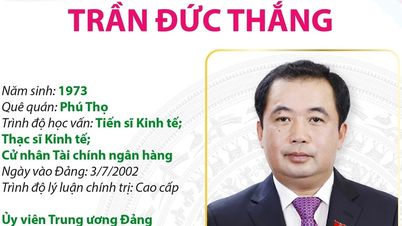

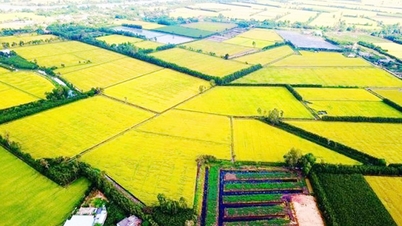

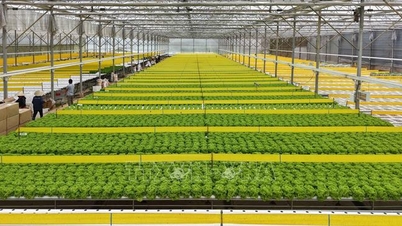

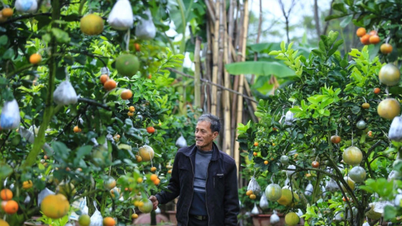
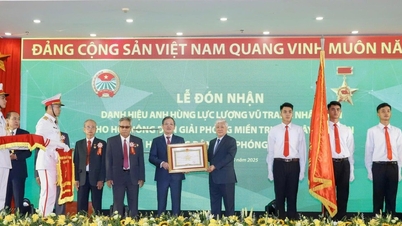


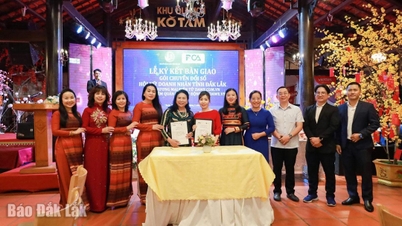

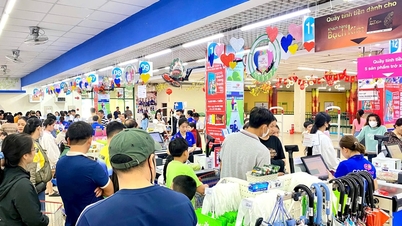

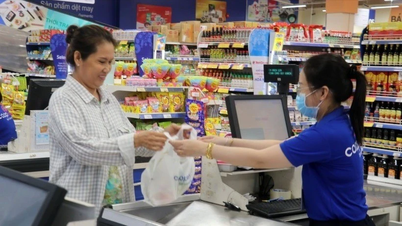

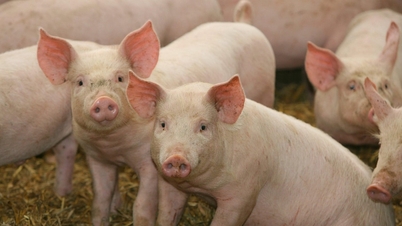


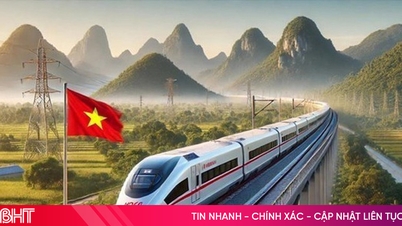



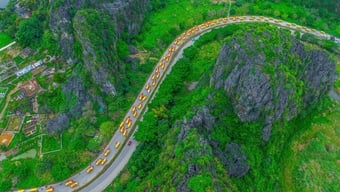


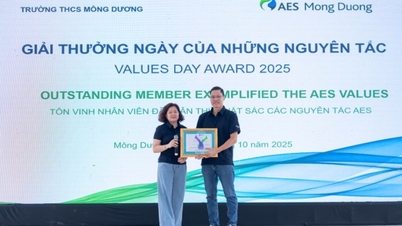
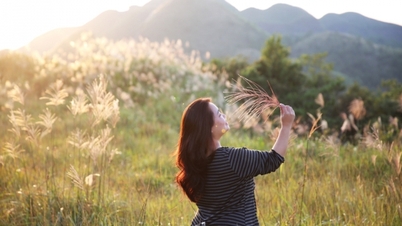
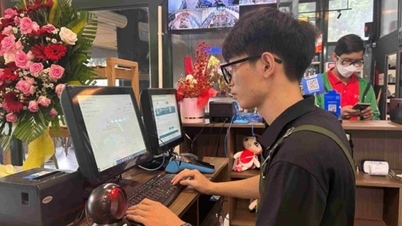


![[Photo] President Luong Cuong attends the 80th Anniversary of the Traditional Day of the Armed Forces of Military Region 3](https://vphoto.vietnam.vn/thumb/1200x675/vietnam/resource/IMAGE/2025/10/28/1761635584312_ndo_br_1-jpg.webp)
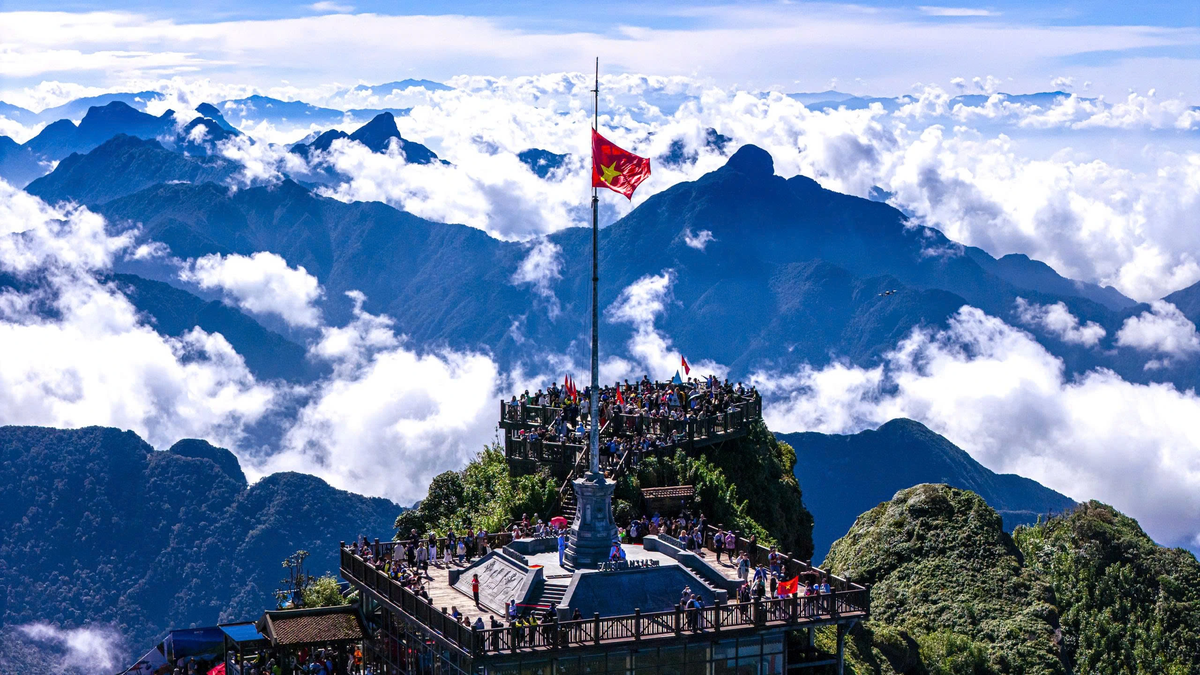
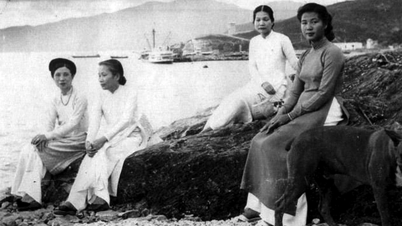

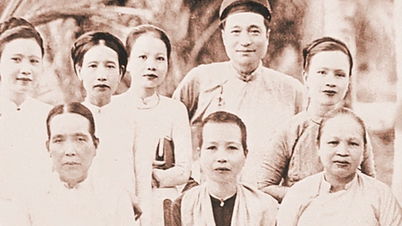
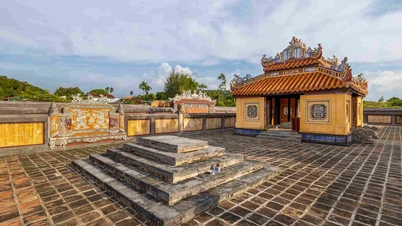



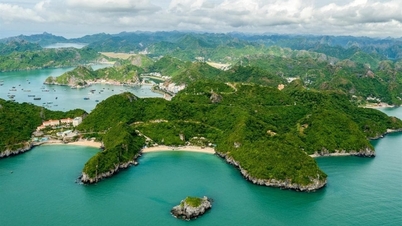

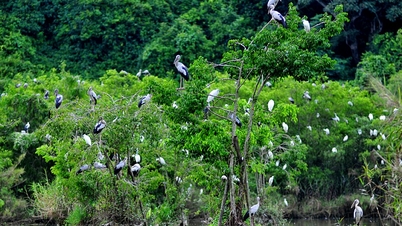

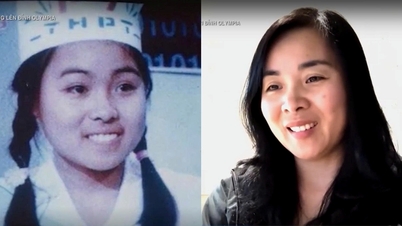

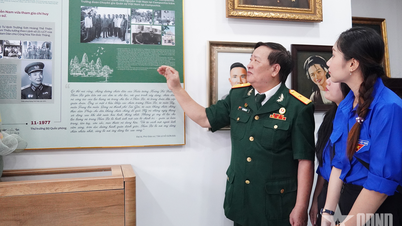


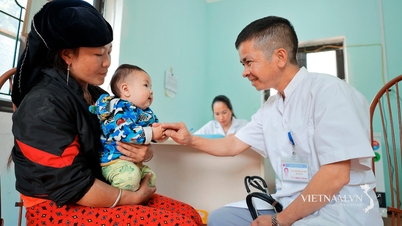





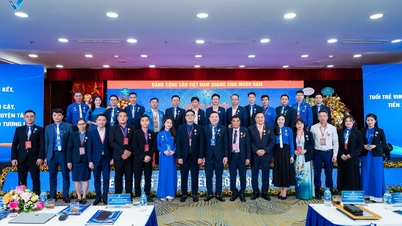
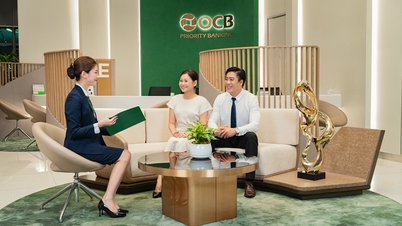
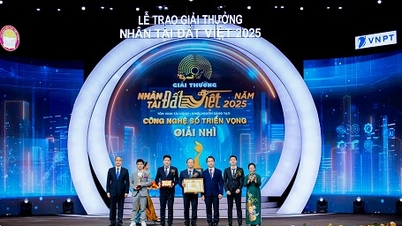
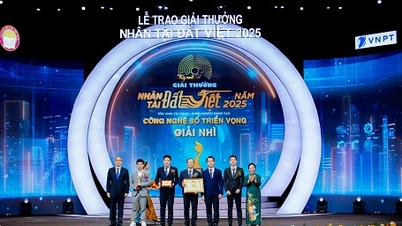
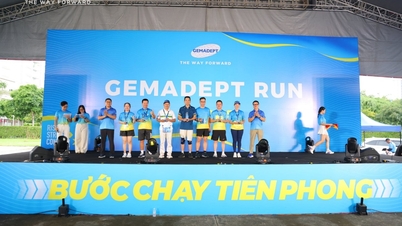
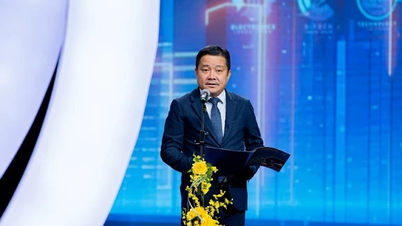
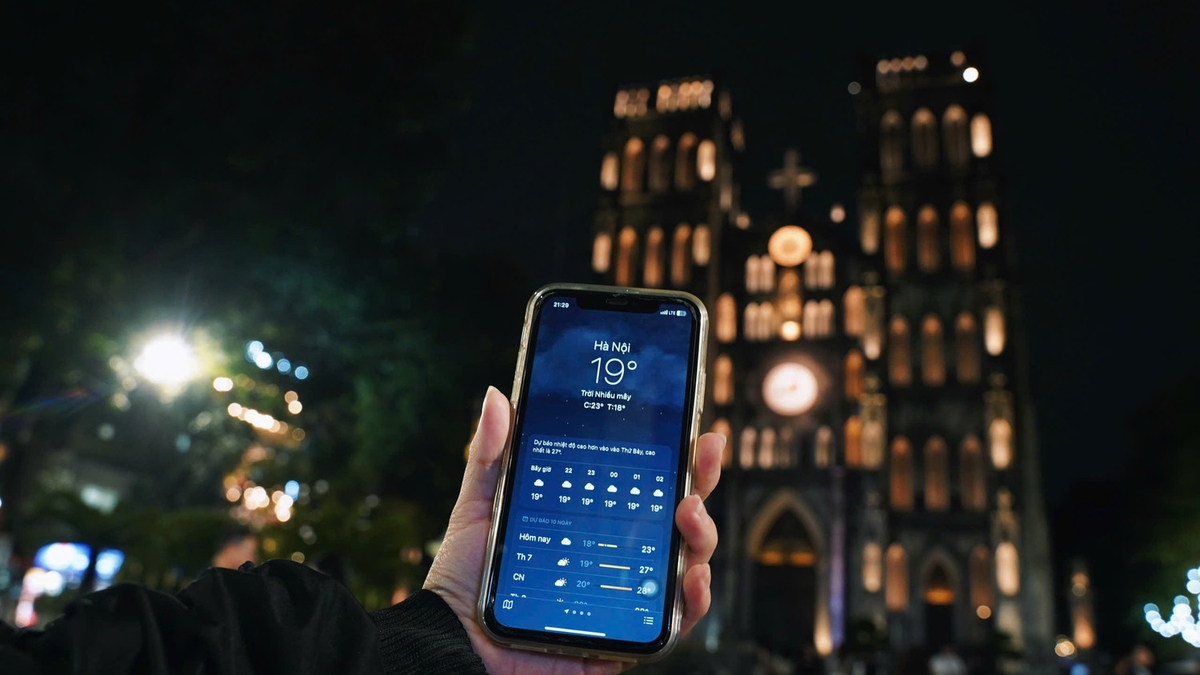


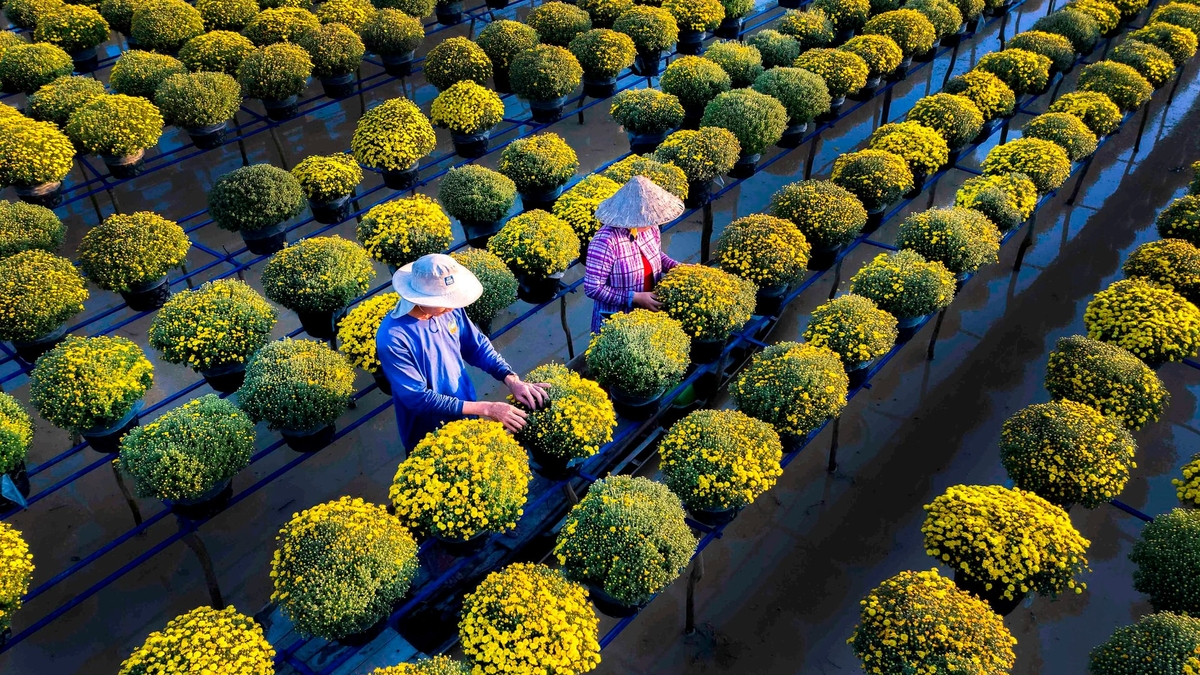
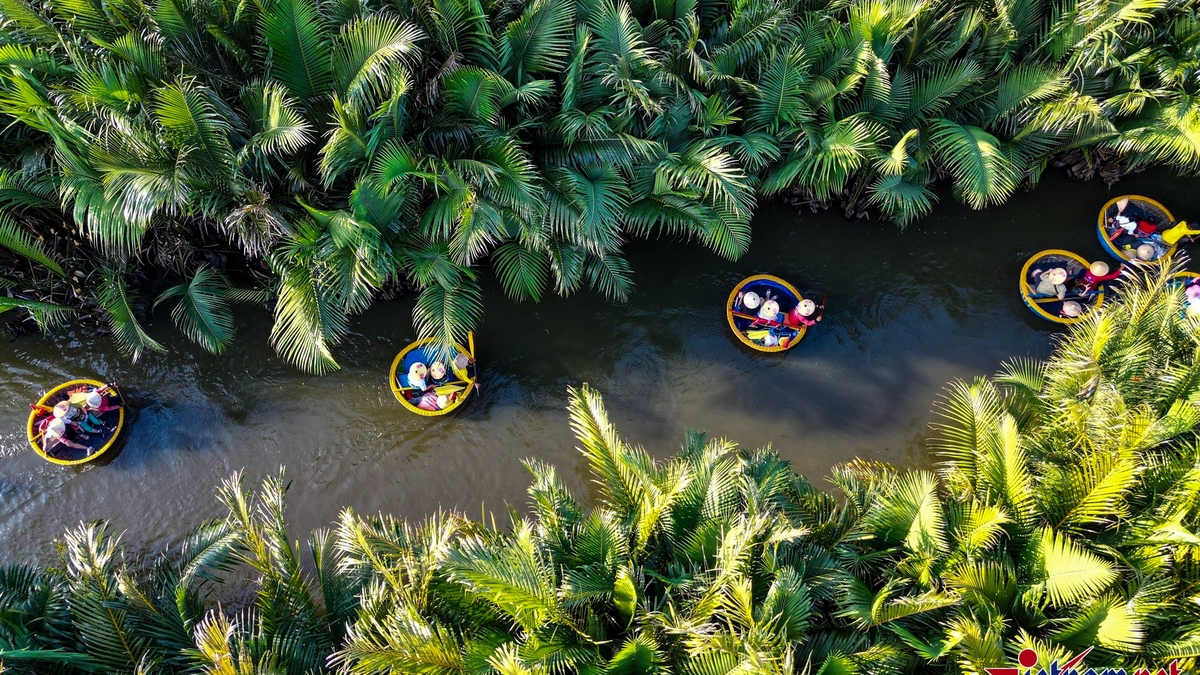
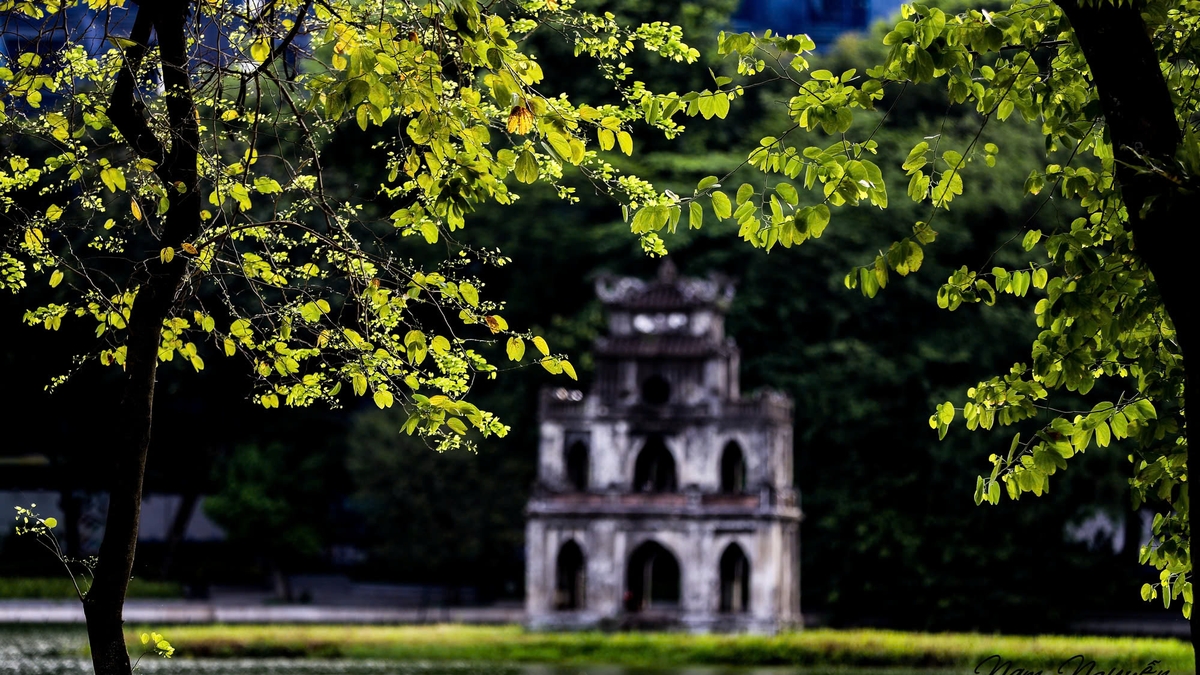


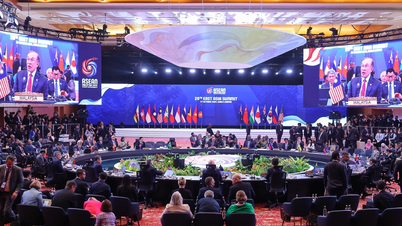
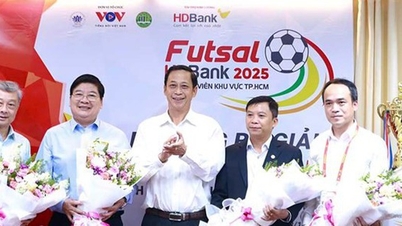

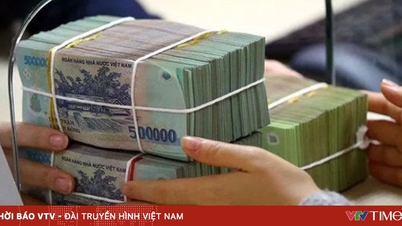

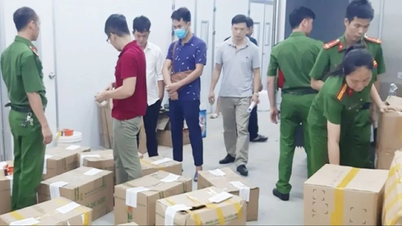

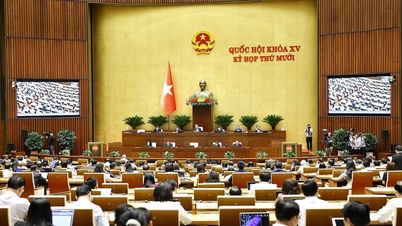
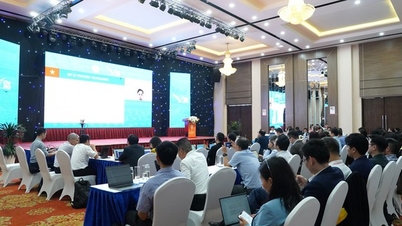

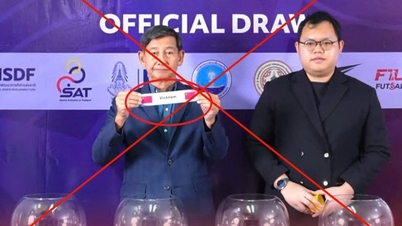

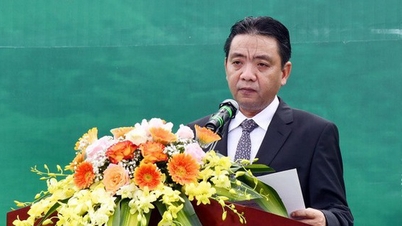
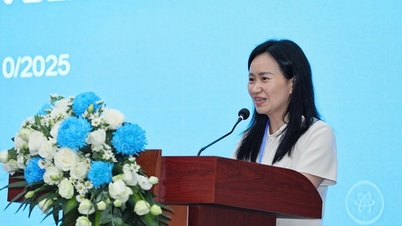
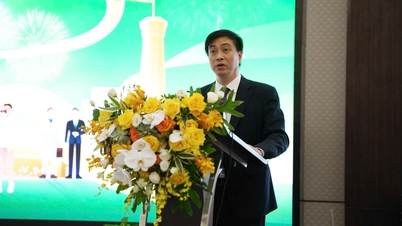


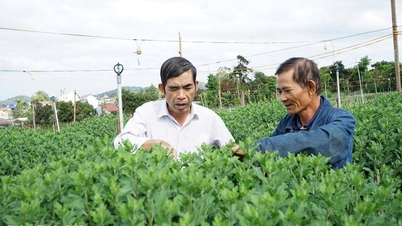
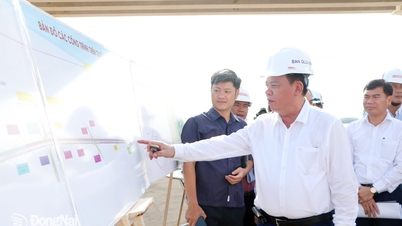

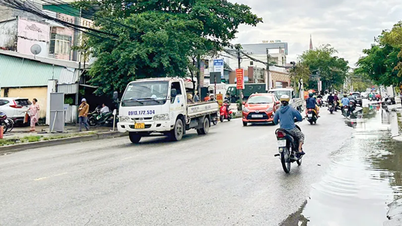


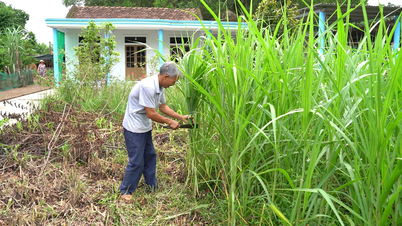

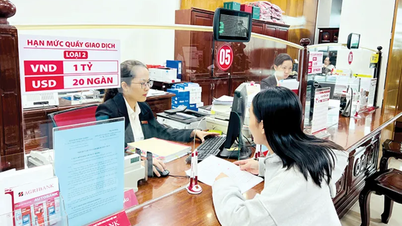










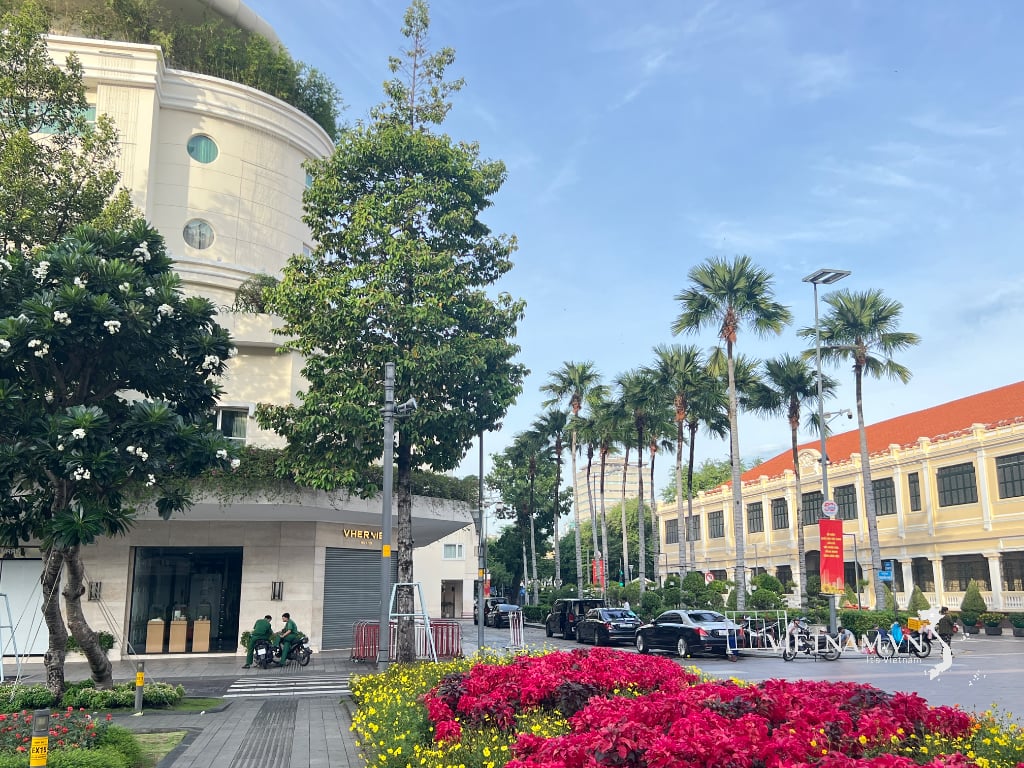



Comment (0)